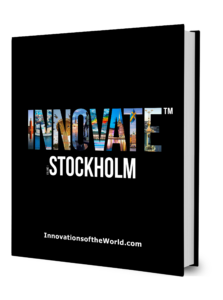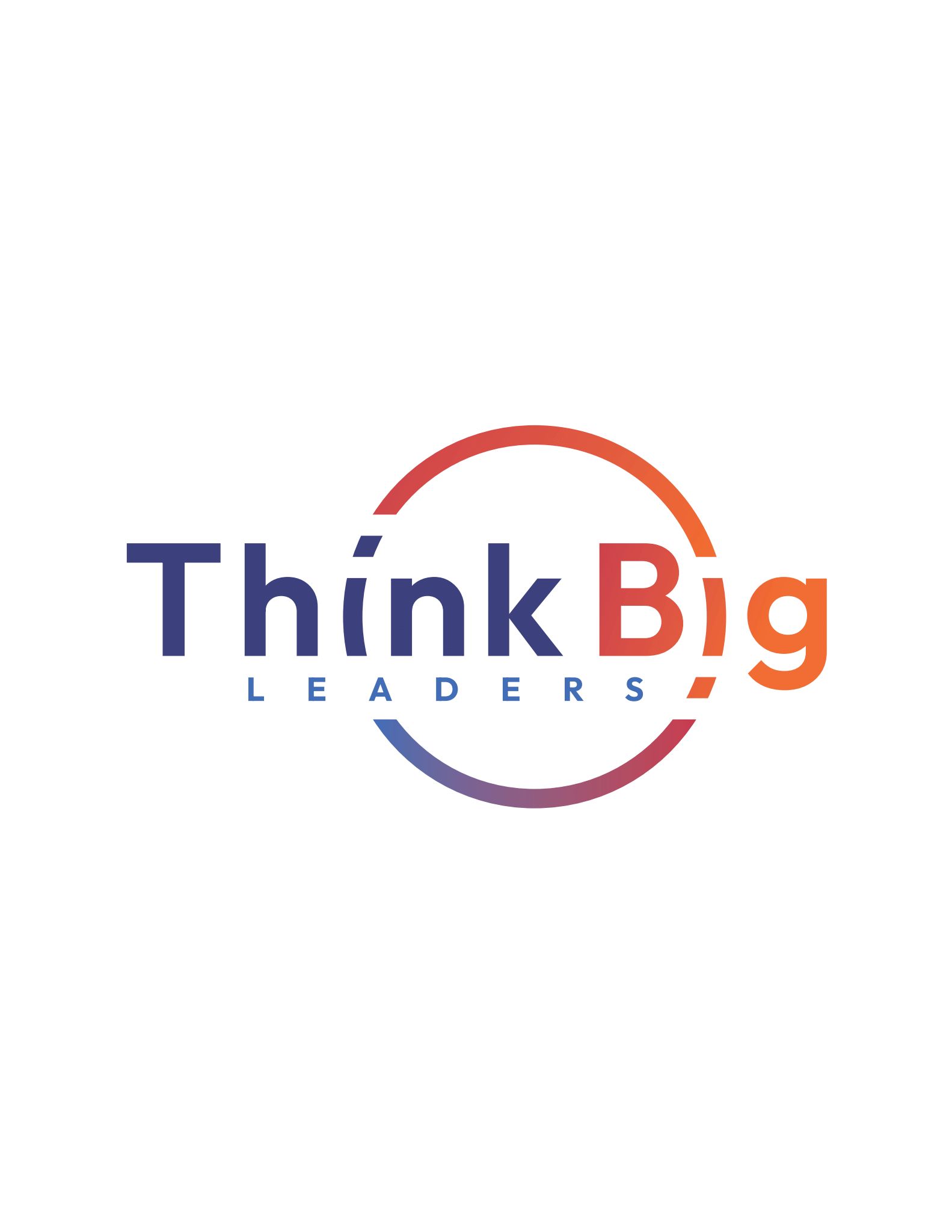Many years ago, when I was facilitating internal innovation workshops at Motorola, word got out, and executives would ask me to run “The Innovation Workshop” for their teams. I told them that I don’t have an innovation workshop, and that they should tell me what they aiming to achieve, and then I could say which innovation approach and methods might be relevant. Since then, I’ve had the opportunity to run innovation programs and activities, as well as product innovation, at Amazon Web Services, SaaS and Virtual Reality start-ups, and with customers such as KONE, Adobe, Assa Abloy, Volvo Group, Husqvarna, Stora Enso and many others. Today, I still believe that there isn’t a single magic bullet approach to innovation. In fact, you need to be constantly challenging yourself, trying out new methodologies, learning from others, and keeping the pulse on your approach and if it works and delivers the desired outcomes.

Having said that, I’ve found there are certain principles that make innovation efforts more effective and likely to succeed – and those hold true for small startups and the largest corporates alike, for private and public sector organizations, and for every industry and sector. I try to live by and share those principles with customers, partners, coworkers, and the community of innovators.
The first principle is that innovation is not magic and does not happen at random. It is rather a systematic, structured approach, to anything from strategy, to product or business model ideation, and on to technology engineering and marketing communication.
A second principle is that innovation is highly contextual – you need to understand your innovation focus, the maturity of the organization, the nature of the market and technology, and to be well-versed in many paths to innovation in order to choose the correct approach.
That naturally leads to a third principle which states that innovation is never static. It is possibly the most dynamic space to lead and operate in –which is why I find it fascinating and an endless source for learning.
With all the options and potential complexities of innovation –it is critical to make it accessible to all. I do that by using mental models, mechanisms, stories, and practical tools and examples. I often share and discuss my insights with customers, partners, on social media, and in communities such as Innovationsledarna and product meetups. I will never refuse an innovation focused fika conversation!
In the past few years, I have also integrated Artificial Intelligence in the way I drive and scale innovation. I use a variety of tools to help me gather insights, define problems, empathize with users, ideate based on leading methodologies, and then craft narratives and visual stories to make those innovations come to life. AI also creates value by transforming value chains, business models, and operating practices. We must all work together to understand the capabilities and implications of this new source of intelligence, leverage the opportunities, and design safeguards that address the challenges and risks associated with it.
With Think Big Leaders, I am using the network of people and organizations in Stockholm and Sweden in general to strike a balance between progress and nature, where trust in systems and people provides a solid foundation. By bringing together people from different backgrounds, organizations, and origins, we should set an example for others to follow.














